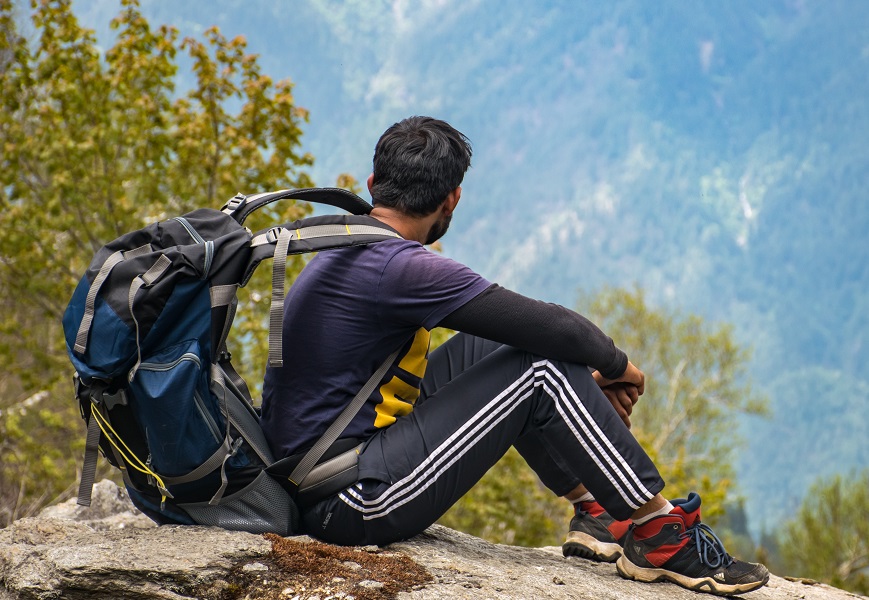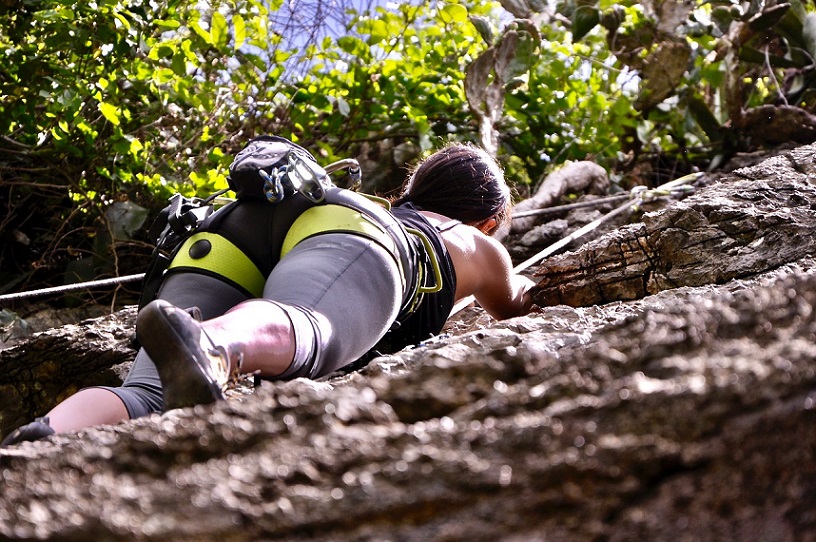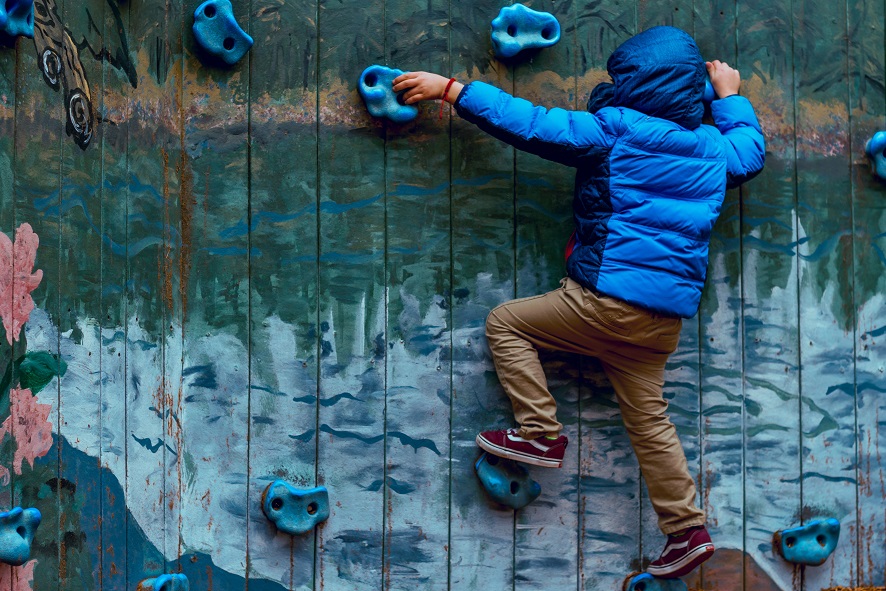
When we think about climbing, it’s glamor that first comes to mind.
Climbers are heroes: they conquer the roughest edges of the world, often under extreme circumstances. They are true pioneers, spearheading the triumph of man over nature, much like Caspar David Friedrich’s famous painting ‘Wanderer above a Sea of Fog’ exemplifies.
However, there’s a less glamorous side to all this exploration, too.
At some point, anyone who marvels at the merits of big wall or mountain climbing wonders:
“So… How do climbers actually poop?”
Because let’s face it. There’s many things you get to experience when you’re sitting on a bivouac or portaledge that’s hanging from a big wall, but sanitary comfort isn’t exactly one of them.
When you’re at 25,000 feet altitude, defecating in the freezing cold suddenly becomes a challenge that’s potentially life threatening.
In this article, we’ll tackle the burning question few dare to ask and even less dare to answer: How do climbers poop on big walls and at high altitudes like on Mount Everest?
How do climbers poop on a big wall?
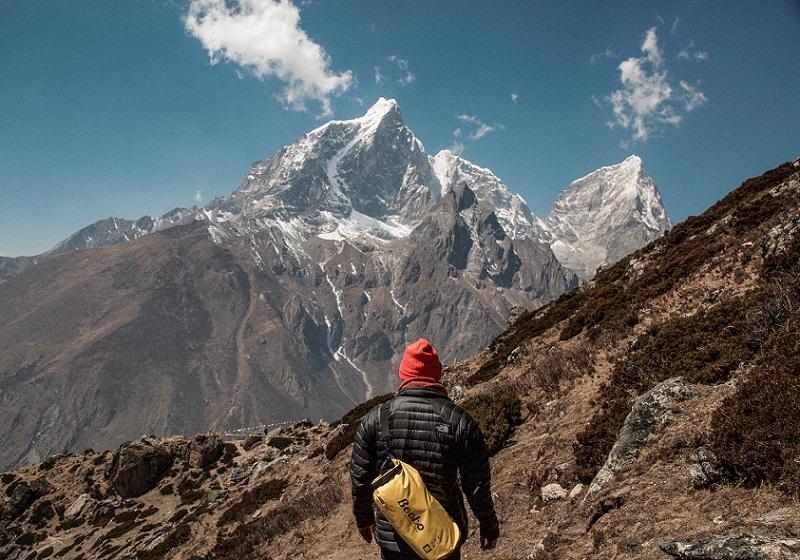
First, let’s dive into how climbers defecate on big walls.
Climbers use either ‘poop tubes’ or sealable bags to store their redundancies when climbing on big walls. Climbers don’t crotch over the edge of their portaledge and let their poop fall down.
Of course, this would litter the climbing area, making a mess out of the wall. Especially when climbing at popular locations, your falling poop could hit other climbers. Don’t do unto others what you would not have done unto you!
Neither is it part of proper crag etiquette to leave your poop in cracks on the wall. Even if it’s not part of your beta, it could still be included in another line on the wall and gross out climbers that follow.
So in short: if you’re climbing a big wall, you’re bound to take a poop tube with you, or a sealable bag. The poop tubes are the most hygienic and durable out of your two options.
On big walls, there’s another issue when you need to do a number two. The portaledge is only so big, and when it’s got a cover over it, you may be eager not to have your tent smell of it.
So one of the best ways to do what you’ve got to do, is to keep your climbing harness securely on and do it over the edge of the bivouac, while holding the poop tube or bag underneath you. Luckily there’s no part of a climbing harness that goes straight down the middle, so you have plenty of room to poop without making your equipment dirty. You can actually attach the poop tube to your climbing harness, too, so your hands are free to clean up once you’re done.
One thing is for sure: when climbing on big walls, you can expect your climbing partner to always be near you when you poop. But hey! I guess this is an important part of building the trust relation that you need anyway when you’re putting your life in the hands of your belayer.
So, what is a poop tube and can I make one myself?
Well, yes you can make a poop tube yourself. It’s quite easy, actually. All you need is:
- The tube (a relatively wide PVC pipe will do)
- Duck tape
- Two ribbons
- A harness system
If you want to make one, you can follow these steps:
Take two ribbons and make a loop out of each of them. The loops should be a bit longer than the tube itself, so that you can clip them to your climbing harness and let the tube dangle below your butt. Don’t make the loops too long though, you don’t want to have to aim.
Now attach the looped ribbons to the bottom of your tube. Guide them along the sides of the tube and tape them in place with duct tape.
If you want to make a reusable poop tube, it’s best to go with a tube that can be opened on two sides. This way you can empty the poop tube on the other side of the one through which the poop enters.
As a harness system, you can simply use carabiners to clip the tube to your harness.
Tip: Throw some litter box stuffing in the PVC pipe beforehand to absorb some of the odor and moisture. Be careful not to add too much weight this way.
What rope is used to get the poop back to the ground?
Static ropes are used to get stuff up and back to the ground.
Dynamic ropes are used to secure climbers. They excel at making falls relatively comfortable.
So when it comes to bringing your poop down the mountain, you’re talking static ropes.
I’ve written more extensively about rope types and their purposes in this article.
How to poop as a climber at high altitudes?
Short answer: make it quick.
In camp one and two on Mount Everest, there are poop buckets inside tents that provide a relatively safe environment to do what you’ve got to do. These buckets are brought down to the village by sherpas to be emptied there.
Once you get to higher altitudes, however, there’s no such luxury anymore. Of course, neither is there any pre-existent toilet on less popular mountaintops. The lemma there is: make it quick, or the frostbite might take precious body parts.
There’s special clothing for high altitude climbing that provides a rear zipper. The zipper allows you to minimize the amount of skin that you expose to the ice cold air when pooping. With a rear zipper you don’t have to take off any clothes that would otherwise have provided you with much needed warmth in the freezing cold.
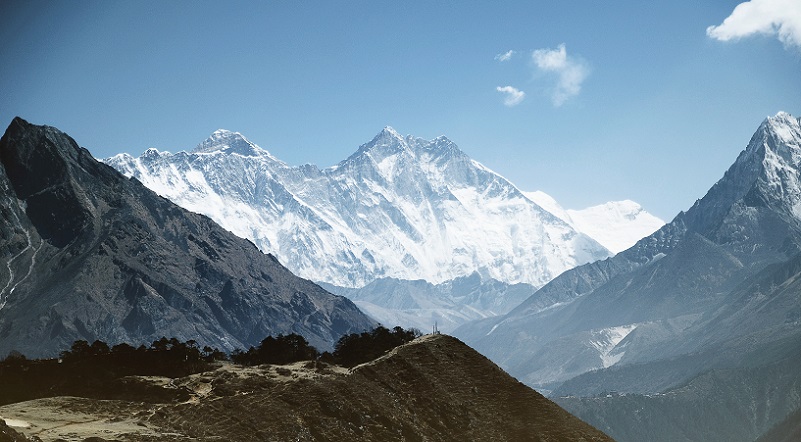
Leaving no trace behind..
Climbers are increasingly aware of the environmental implications of pooping on the mountain. It’s a public secret that the camps on Mount Everest are littered with poo. It’s become a real health threat to the local communities because the fecal matter is already found in source water that’s coming from Mount Everest. Some climbers report about vast areas of white snow being speckled with brown dots. Often, climbers experience diarrhea when embarking on high altitude climbs. As you understand, it’s really hard to pick up the poo when this happens. Most climbers therefore use either poop tubes or wag bags when they’re climbing snowy high altitude peaks.
Inside the Tent…
Some climbers prefer to poop inside the tent, because this provides the most shelter. Depending on the weather conditions and altitudes, you may even be forced to do the number two inside the tent. For this, you would also use the aforementioned wag bag or poop tube. Your climbing partner will hopefully understand, or at worst quietly recite Edgar Allan Poe’s poem ´O Tempora, O Mores!´, pretending not to notice.
How do climbers pee at high altitudes like Mount Everest?
Peeing is a lot less complicated than pooping during high altitude climbs. You simply pee inside your tent, probably nice and comfy within your sleeping bag, and pee in a bottle that you can seal off. For extra comfort, some climbers like to bring flexible bottles for peeing. It’s basically a plastic bag, with a bottle opening that you can seal tightly.
I hope that this article has provided you with some new insights into defecating in different climbing scenarios. Like I said in the introduction: the question ‘How do climbers poop on a big wall or at high altitudes’ is really an understandable question, that you simply wonder about when you first get into climbing, and yet information about it can be sparsely found. This article was written to provide that information. Keep in mind that if you’re planning to partake in any of the activities written about in this post, it is always wise to first consult your mentor.
Climb on and see you in the next one!

